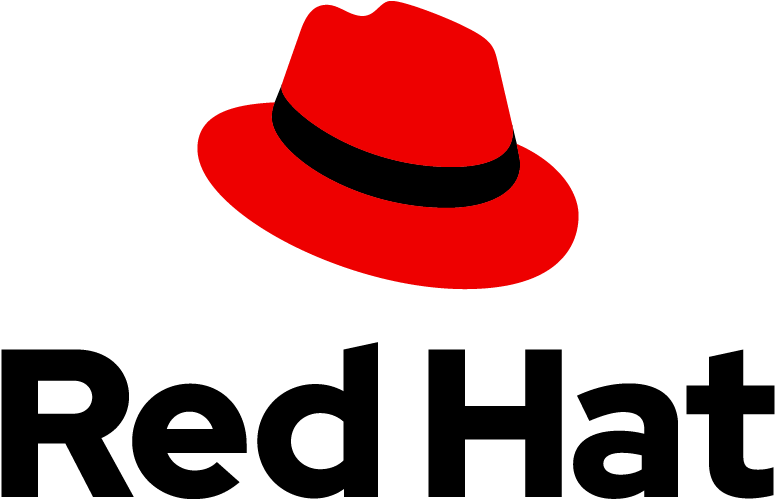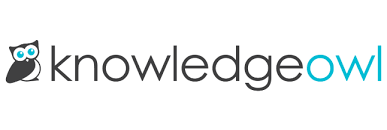Conference Speakers¶
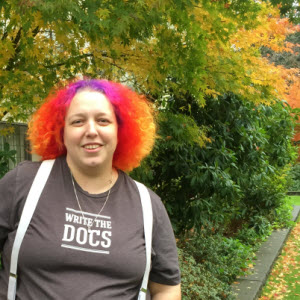
Kenzie Woodbridge
Everyone's a player (in a mid-90s MUD)
This talk takes the approach of applying Player Type Theory (from game design) to getting people involved and engaged in technical and documentation projects in a technical environment. Practical tips are offered for dealing with lack of engagement, human-caused delays, and even workplace bullying.
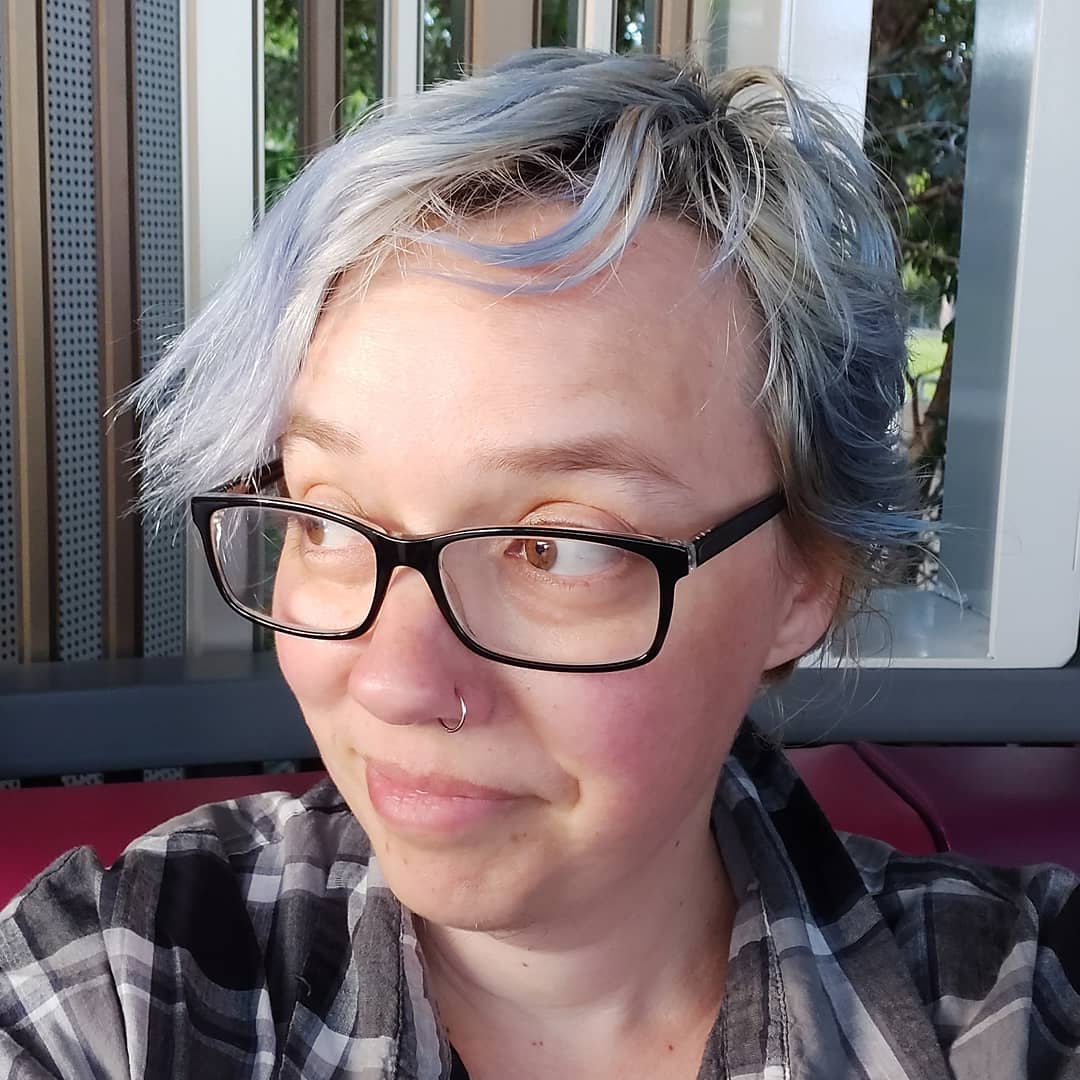
Sayraphim Lothian
How (and why) to make awesome video tutorials
If a picture tells a thousand words, how many is a video worth?
A study in 2015 found that 91% of smart phone users turn to their smart phone while doing a task. It also found that 1 in 3 millennials say they’ve purchased a product after watching a how-to video and that searches related to “how to” on Youtube are growing 70% a year*.
People want to learn how to use your product, and more and more of them want to learn through video.
So how can we help them with that? How can we, as documentarians, translate our help page text into quality video tutorials for our customers?
*https://www.thinkwithgoogle.com/marketing-resources/micro-moments/i-want-to-do-micro-moments/
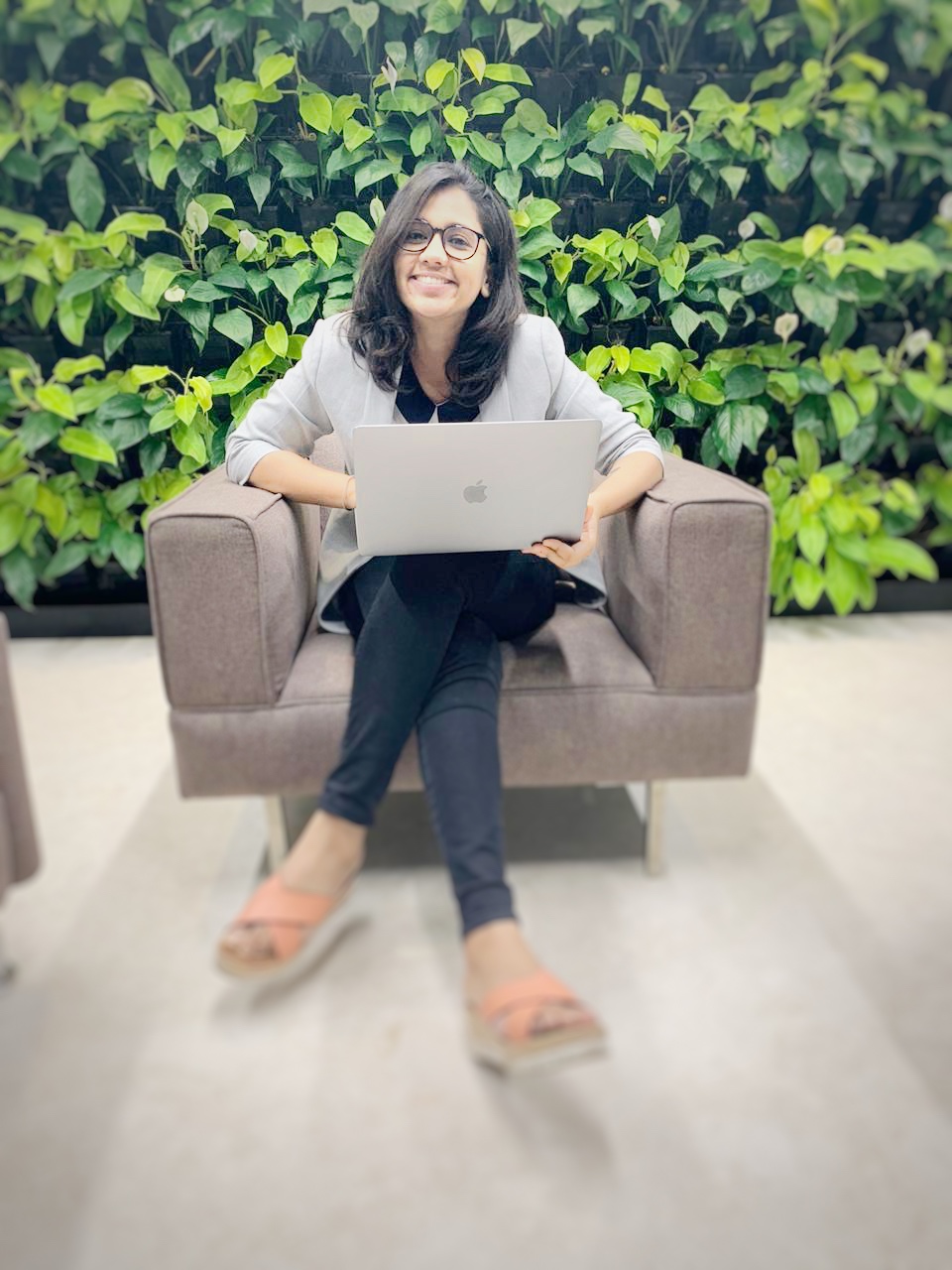
Ankita Tripathi
Overcoming the Plight of Lone Writers
Imagine an aircraft crash and you are the only one alive and stranded on an island. The one who now needs to decide what are the possible ways to stay alive here, the strategies to stay safe from wild animals, grab enough food, gather logistics to ask for help, and still stay sane.
As much as this might sound hypothetical or inapplicable, this is the truth of every lone writer. The lone tech writers who have secured their place in the long run as handling everything from documentation to UX to videos need their heads around strategies. With this, for WTD’20, I wish to cover: - A story around the lone writers - The hurdles of managing writing, editing, and proof-reading altogether. Overcome them by a dignified process and tips&tricks to allow Project Managers or SMEs to look through it - Maintaining a Style Guide: Being the one managing the company documentation in & out, a basic style guide is necessary. What shall we cover in it? - And, the importance of community welfare The presentation would be crisp, loaded with insights, and a bag full of takeaways.
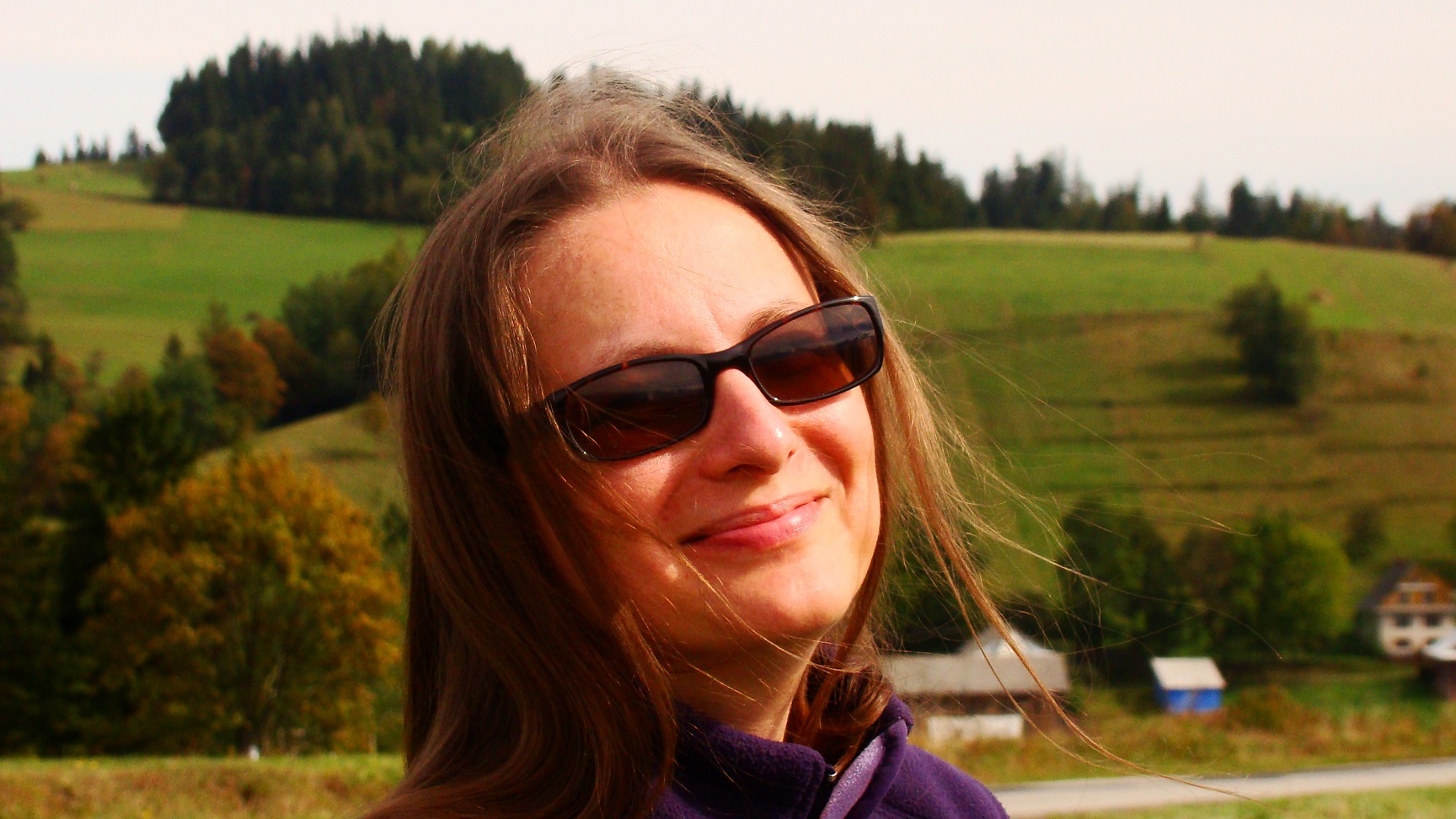
Marcelina Haftka
Legacy content from various perspectives
Having worked in the localisation industry for many years, I can see how various stakeholders have different approaches to the legacy content. I am a translator and a technical writer myself, and my approach has also changed.
I would like to present the reasons why we should and shouldn't keep the legacy content and what to do if we decide to keep it. I aim to speak about translator's, technical writer's, and product owner's perspective (and probably some other perspectives, as well).

Andrea Szöllössi
5 things I learned from my first open source contribution
When the pandemic hit and lockdown started, I finally found the time to work on an open source contribution I had at the back of my mind for some time. Even though I had written open source documentation as part of my job for over 2 years, going out there and proposing a code change for a project whose members I didn’t know was very much out of my comfort zone.
My talk is a reflection on this open source contribution, sharing lessons learned, but also sharing advice and resources for those looking to start contributing to open source projects. I’ve summed this up into 5 points:
Contribute to something you care about.
- How to find something you care about.
- Take part in open source initiatives and events.
Having mental space and support is important.
- Contributing is great, but not at the expense of all your free time and mental health.
- Give yourself the time to learn about the new project.
- How to find the time to contribute.
How to communicate with people you’ve never met.
- Why communication is important and how it can go wrong.
- Learn about community practices.
- Be mindful of how you write issues and comments.
Ask for help if you need it.
- How to find help when you’re stuck.
- How to acknowledge someone’s help.
Open source contributions are valuable.
- Looking at the impact your change has on the community.
- How to use contributions as part of your professional portfolio.
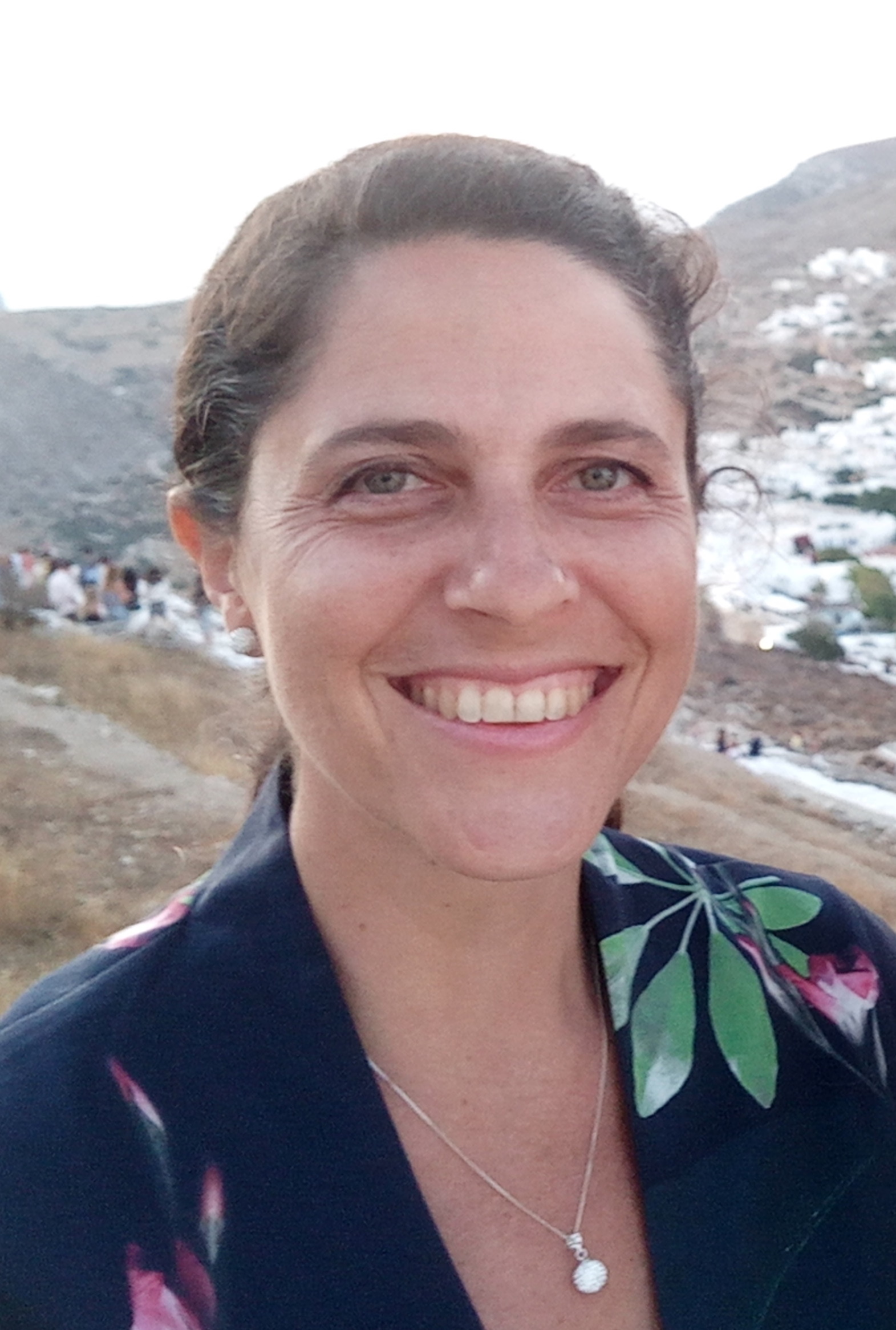
Marika Vertzonis
A treasure map for the doc – Exploring the discoverability of documentation
My team makes mapping software for mobile computers, and has been doing so for 20 years. People use our apps to capture and verify information about their built or natural environments (for example: roads, poles, trees, buildings) for the purpose of understanding, maintenance or design work.
Our doc comes in the form of conceptual topics, API references, blogs, tutorials, videos, and technical articles. We have built up a lot of content, but as time progresses, it seems that the amount of documentation we offer is inversely proportional to the time that our users have available to sift through it.
Making content discoverable is now our biggest challenge. We must continue to find ways to weave our content together. Once our users get into the universe of our doc, we need to guide them towards that small gem of information that they need. What they need is a treasure map to get to that gem!
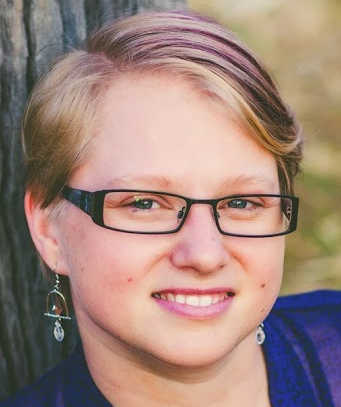
Lana Brindley
When Agile Fails: Working on Large Documentation Projects
We all age. Some more gracefully than others. Our documentation ages, too, and sadly it's not always glamorous. Docs that start out as a thing of sartorial elegance can, many years and patches later, become tired and sad and badly in need of retirement. Sometimes the content is so out of date and incorrect, and the format is so anachronistic that it needs to be consigned to a recycling bin. But not all documentation should be euthanised. Sometimes, it just needs a facelift.

Michael Belton
Onboard yourself: How to get set-up for success in a new role
Starting in a new role can be intimidating. You might second-guess leaving the comfort of your current position or be anxious about building new professional relationships. In this talk, I'll walk through how to set yourself up for success in a new role.
The key steps I'll discuss are:
- Listen to get context
- Understand the area
- Find quick wins
- Set longer-term goals
These steps are useful for everyone but particularly crucial for people writing documentation. They'll set you up to understand the audience you're writing for, gauge the appetite and support for documentation tools, and demonstrate the value you bring.
Whether you're joining an existing team of writers, becoming the sole writer at a new company, or somewhere in between, this talk will give you a framework to approach the new challenge with confidence.

Chris Ward
An introduction to developer experience, and the role of a documentarian
In this presentation I look at how documentarians can contribute to a better experience for developer users of the projects they work with.
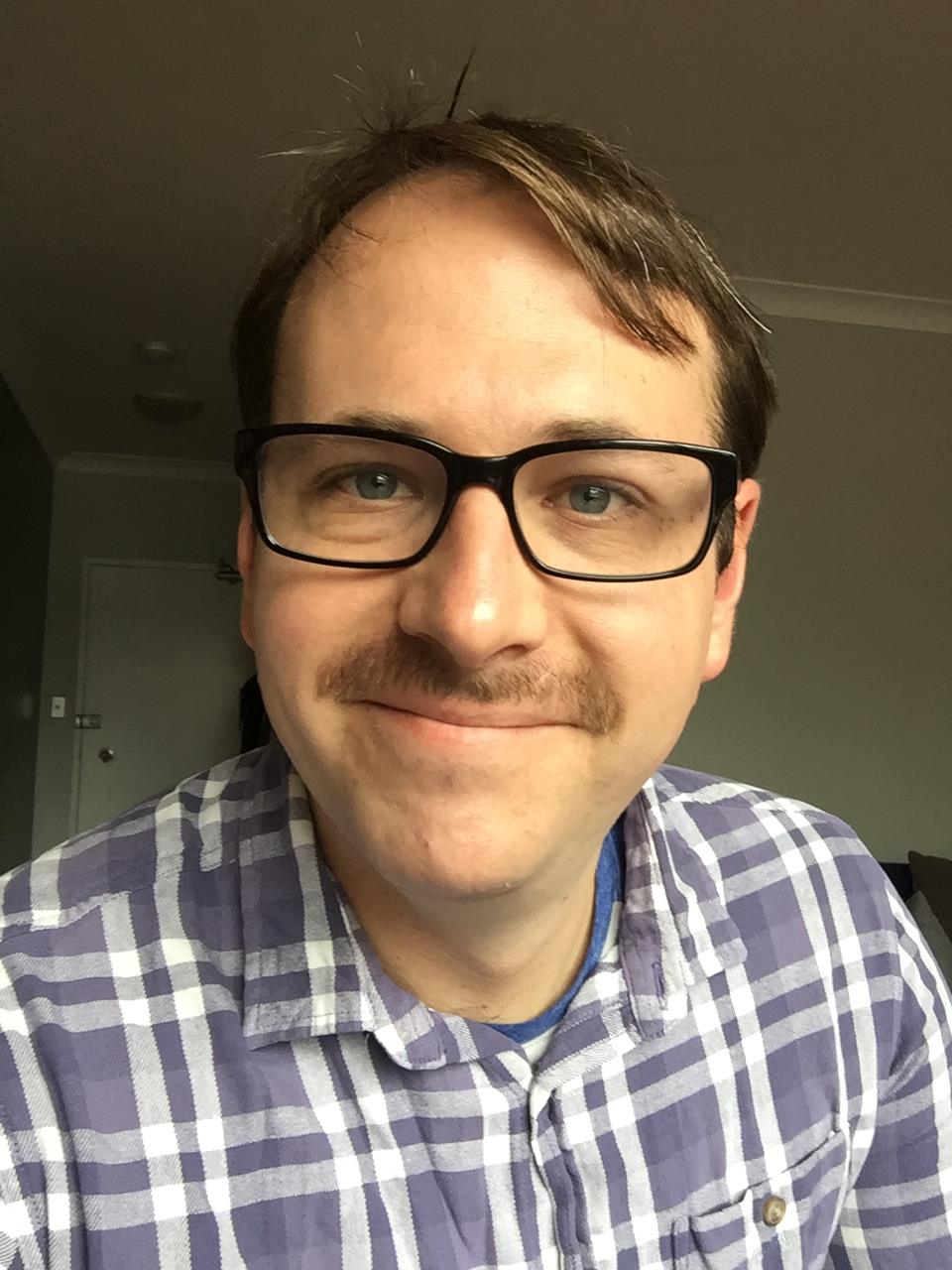
Sam Irons
Content strategy in practice: a case study
Big companies have big content problems. With tens of thousands of pages, big companies may put too much pressure on their customers to find the exact content they need. And, that’s bad for business. After three years of experimentation, Atlassian’s Sam Irons, Lead Content Designer, shares some real-life lessons on how to provide the right content to the right person at the right time. You’ll walk away with ideas and techniques for scaling content in step with your growing organization, including the standards, emerging technologies, and content practices that have helped Atlassian customers summit a steep product learning curve, and help a large business learn to love content strategy.
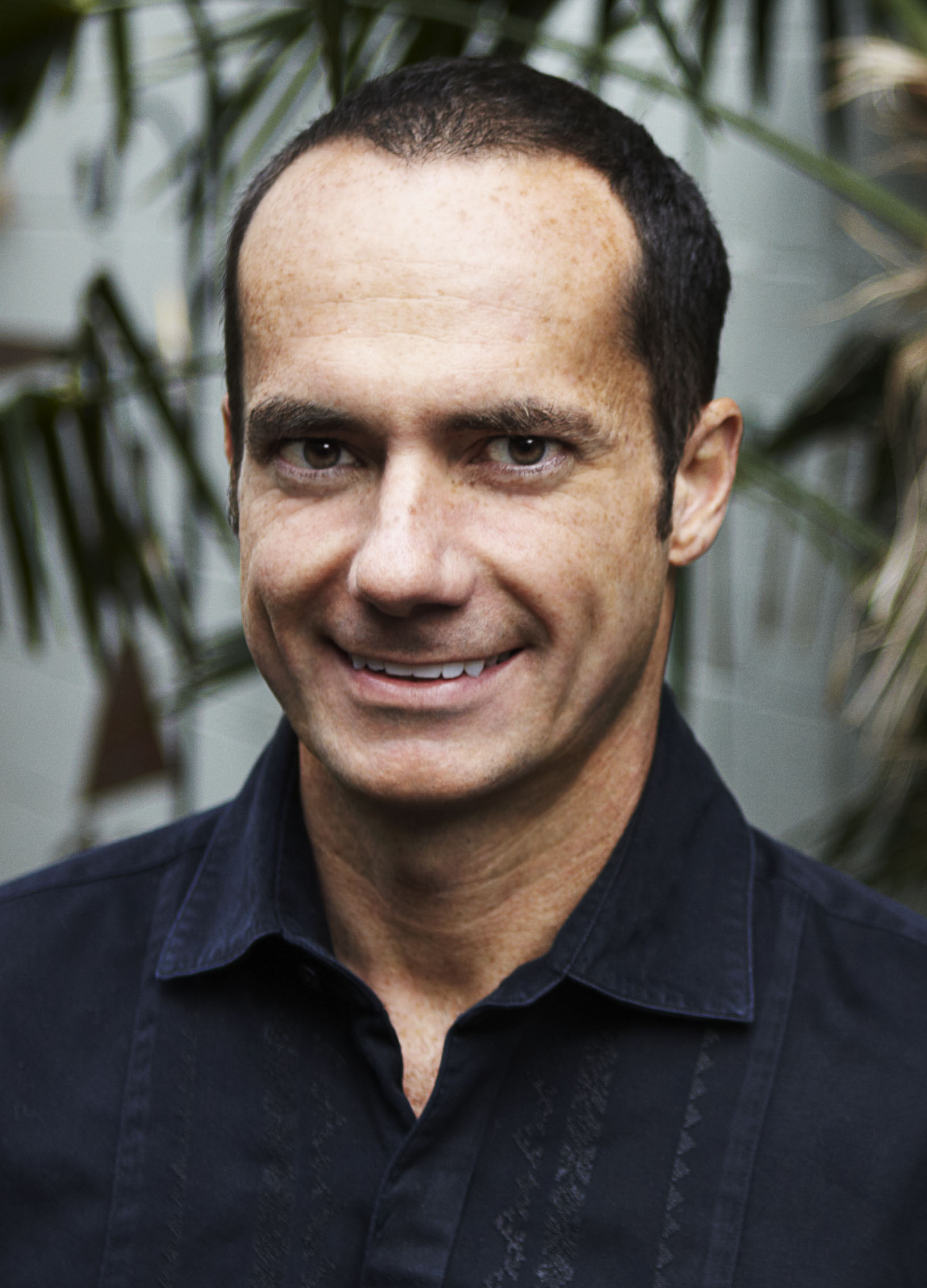
Scott DeLoach
Microcontent: Designing & Developing Reusable Content
Microcontent is a focused block of content that can be easily consumed by users and reused in search results, context-sensitive help, chatbots, VR/AR systems, and more. In this presentation, I will share real-world examples of microcontent, discuss a microcontent-based authoring workflow, and demonstrate methods for using microcontent in topics and reusing microcontent in external systems.
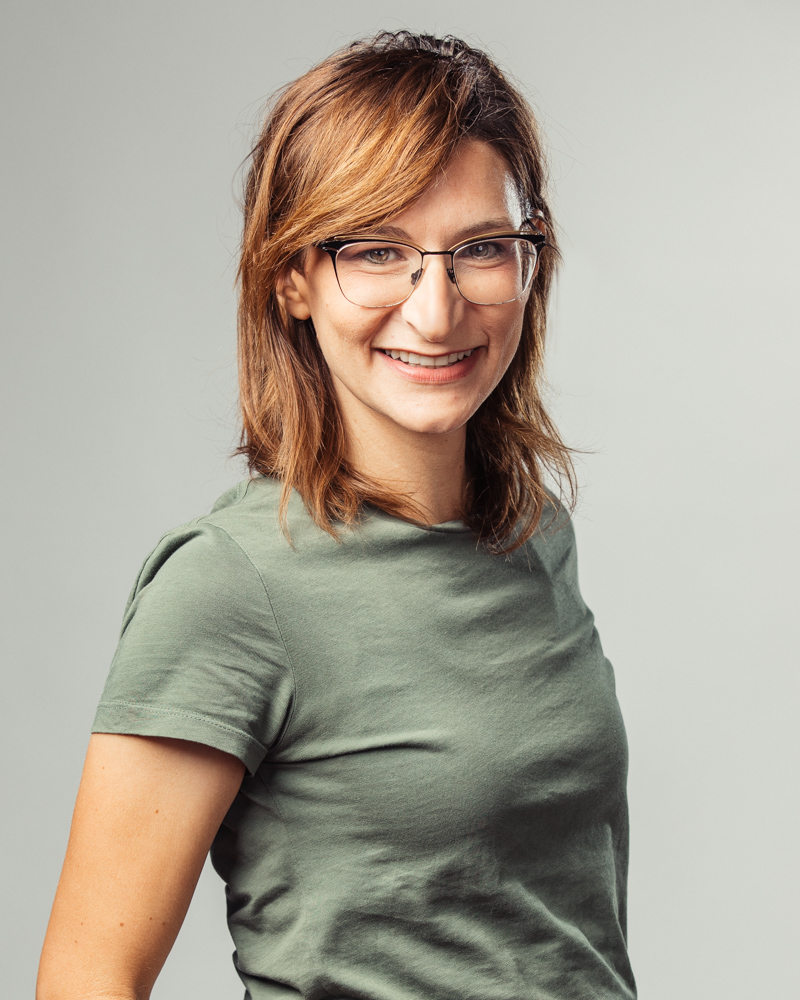
Yael Ben-David
Little words, big ideas: How to write microcopy that works
I was completely panicked. The light on my dash came on and I had absolutely no idea what it meant. The icon was indecipherable. If only it had been accompanied by a tiny bit of microcopy. Two words -- “flat tire” -- would have saved me half a heart attack. But that was before I’d ever heard of “microcopy”.
Back then I was still a neurobiologist ready for something new. When a hi tech company needed a writer with a biology background, I pounced. I discovered “UX writing” on the job and I’ve been a UX writer for complex products ever since.
Microcopy is the core of UX writing and it’s everywhere. Microcopy is all of the small bits of text that guide users through their journey, whether on a web app, mobile app, or even in text messages and beyond. It includes buttons, menus, push notifications, navigation elements, link text… the list goes on and on. It’s powerful. (Did you hear about the $300 million-button? I’ll tell you about it in this talk!) And often, technical writers, product managers, and even developers end up writing it.
In this talk I’ll share some theory, a lot of tips for everyday UX writing no matter your role, and lots of real life examples and data. You’ll walk away with: - Principles that you can apply in your work - Tools that will improve your process and output - Practical guidelines to use for reference - Resources to learn more - A burning desire to get writing!

Akshay Iyer
Storytelling for Technical Products - What We Can Learn from Lego and Pixar
Every product has a story. The product management team uses it to scope out features. The pre-sales team uses it to demonstrate it to customers. The marketing team uses it to demonstrate the value of the product. In this presentation, I will discuss how we created a content strategy inspired by lego blocks and Pixar that helped improve product adoption and changed the perception of the value of documentation.
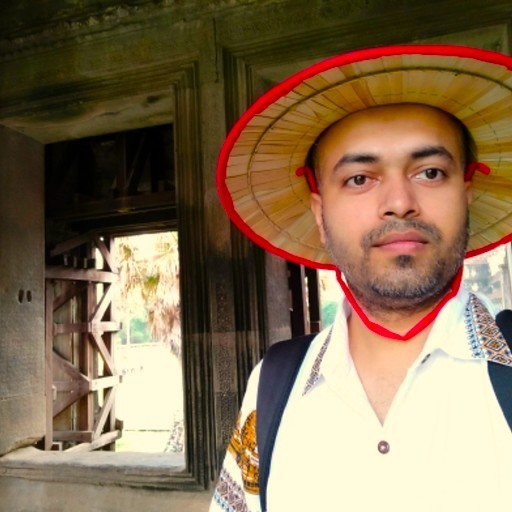
Vikram Mulay
Influence your customer outreach with best practices for internationalization
Great localized content begins with a great copy! However, designing a great copy is hard without knowing the best practices. This talk will help you establish best practices for internationalization (i18n) that will enhance your information experience for customers from non-English speaking countries.
Some time ago the i18n team at my company contacted me with queries about the localization of content. This inspired me to do further exploration of guidelines for creating global content. In this talk, I'll be sharing the top insights from my research that will change how you think about content forever.
You will learn how to create a content copy that - resonates with international audiences - is optimized for translation - takes advantage of industry standards for i18n

Matt Reiner
The Pains of Composition: How to write your best documentation in a collaborative world
Creating documentation is much more than just putting pen to paper. It's an outpouring of one's mind and soul onto a canvas. This is a challenging enough endeavor in private, and becomes increasingly difficult when writing is done in a collaborative environment where any team member can see, critique, and even alter your work.
Inspired by Leonid Pasternak's "The Pains of Composition/The Passion of Creation", this talk explores the challenges and power in opening up your creative process to collaboration with others. We'll talk about some of the difficulties we encounter, talk about how they affect us, and explore how we can overcome them to do our best work. We'll look at:
• Writing alongside a complicated spectrum of personalities
◦ I miss being the LONE documentarian...
◦ Prevention-focused vs. promotion-focused individuals
◦ The introversion vs. extroversion scale
◦ Leading (gulp) from within
• Building constructive feedback loops and fixing bad feedback
◦ Now EVERYONE has an opinion?...
◦ Creating an open dialogue built on a foundation of trust
◦ Constructive vs. negative feedback
◦ Modeling healthy feedback
• Developing a shared motivation and passion
◦ Who REALLY cares about the documentation?...
◦ Understanding your value as part of the team
◦ Forming a shared passion in the team
◦ Increasing and communicating awareness
• Thriving in transparency
◦ What happens when people can WATCH me work?...
◦ Being real with how writing ebbs and flows
◦ Pair writing and review, like finger-painting a masterpiece on a shared canvas
◦ It's not Big Brother, it's hand in hand teamwork
This talk opens a dialog around the challenges and fears we all face while collaborating on documentation within a team and gives direct steps we can take to help our teams – and work – grow stronger and better over time.


